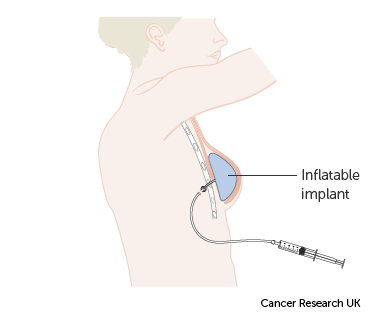
Depending on the type and severity of your spasticity, injections of toxin may be used to treat symptoms such as movement disorder, hyperhidrosis, or spasticity. The duration of the toxin's effect on the muscles varies from three to five months. The duration of the effect of the toxin depends on many factors.
Spasticity treatment
Several studies have shown positive results with botulinum toxin treatments for spasticity in patients with cerebral palsy. The treatment's effectiveness depends on several factors such as the muscle selection and age of the patient, as well as the therapy that is used. In a phase 3 clinical trial, letibotulinumtoxin A was found to be more effective that placebo. Secondary analyses looked at the number of injections, and effectiveness was defined as a change in physician rating scale of spasticity.
Injections of botulinum toxin usually start working after about two weeks. Although the effects of one injection can last for up to six months however, they wear off after a few months. To maintain the effect, several injections may be necessary. In order to maximize the effect of botulinum, some patients will need to have occupational therapy as well as physical therapy.

Hyperhidrosis is treated
Botulinum Toxin Type A injections locally have been proven to be effective in treating primary hyperhidrosis. These injections can continue for up to six month to achieve the desired effect. This treatment is cost-effective and affordable. This treatment offers several advantages over other options, such as safety and a quicker recovery time.
Primary focal hyperhidrosis is a condition in which symptoms are not always effective. Botulinum toxin A is injected under the skin to block the release of acetyl-choline, a neurotransmitter that mediates sympathetic neurotransmission in the sweat glands. Treatment with botulinum toxin A has been successful in many cases of excessive sweating and has led to a dramatic improvement in the patient's quality of life.
Treatment for movement disorder
The use of Botulinum toxin for movement disorders has recently received positive results in patients with various types of movement disorders, such as focal dystonia and spinal myoclonus. The effectiveness of the treatment is determined by the size and location of the affected muscles, as well as its mode of administration. This article will discuss the usefulness of the medication, its indications, and the research to support it.
Botulinumtoxin is used to treat various movement disorders. It can be used for cervical dystonia or generalized dystonia. Both are caused by overactive neck muscles and generalized dysfunction, which affects all muscle groups. Treatments have also been used to treat symptoms such as motor fluctuations, dyskinesias, and young-onset Parkinson's disease. The toxin can also be used for tremor, drooling, and constipation.

Safety of botulinum toxin
Botulinumtoxin type A (Botox), a neurotoxin, inhibits acetylcholine formation by inhibiting the docking acetylcholine-vesicles at a cell membrane's inner surface. This prevents Acetylcholine (which is responsible for muscle contraction) from reaching neuromuscular joints. The result of this toxicity is a decrease in muscle tone.
The Vancouver scar-scaling scale (VMS), as well the visual analogue scaling (VAS), had similar results. The MD of width of scar was -1.06 (99.5%CI, -1.10– -0.02). In the other study, only one botulinum injection resulted in a scarring of 0 mm. There were no significant differences among treatments. While the new study's design looks promising, future research needs to examine different doses of botulinum toxin and the differences between pre-surgical and post-surgical injection periods.